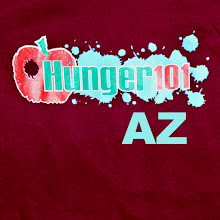Municipal officials in large metropolitan areas can access new sources of data to learn about the local prevalence of hunger and the economic benefits of halving the local dropout rate.
In January, the Food Research and Action Center released a new report on “Food Hardship: A Closer Look at Hunger” that, for the first time, provides localized data for the 100 largest Metropolitan Statistical Areas (MSAs). The data on food hardship rates are also broken down by national, state and congressional district levels and by households with and without children.
The report shows that the proportion of Americans who at some point during the year did not have enough money to buy needed food for their family rose from 16.3 percent in early 2008 to 18.5 percent at the end of 2009. Among the 50 largest MSAs, 15 had more than one in four households with children reporting food hardship.
View the full report and find a city’s MSA food hardship rate on pages 12-13 at http://frac.org/pdf/food_hardship_report_2010.pdf.
Subscribe to:
Post Comments (Atom)







No comments:
Post a Comment